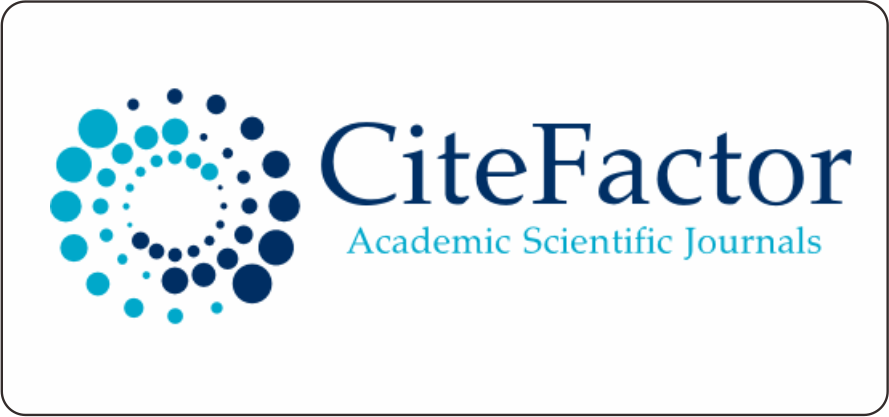OPTIMASI DETEKSI TEPI PADA CITRA DIGITAL MELALUI TUNING HYPERPARAMETER CLAHE DAN FILTER BILATERAL: STUDI KASUS PADA GAMBAR KENDARAAN
DOI:
https://doi.org/10.32699/biner.v3i2.7745Keywords:
Deteksi Tepi, Holistically-Nested Edge Detection, Hyperparameter Tuning, CLAHEAbstract
Penelitian ini bertujuan untuk mengoptimalkan deteksi tepi gambar dengan menggabungkan metode Holistically-Nested Edge Detection (HED) dan filter Sobel-Laplacian. Metode ini diterapkan setelah tahap preprocessing yang mencakup Contrast Limited Adaptive Histogram Equalization (CLAHE) untuk peningkatan kontras dan filter bilateral untuk pengurangan noise. Tuning hyperparameter dilakukan untuk meningkatkan performa deteksi tepi. Evaluasi menunjukkan hasil terbaik dengan Precision sebesar 0.1920, Recall 0.5747, F1 Score 0.2878, Accuracy 0.7231, IoU Score 0.1681, dan ROC AUC Score 0.6569. Temuan ini menunjukkan bahwa metode yang diusulkan dapat meningkatkan akurasi deteksi tepi dengan hasil Recall dan Accuracy yang lebih baik dibandingkan metode konvensional, meskipun Precision dan IoU masih menunjukkan potensi untuk perbaikan lebih lanjut. Penelitian ini memberikan wawasan tentang pengaruh preprocessing dan tuning hyperparameter terhadap hasil deteksi tepi, serta aplikasinya dalam berbagai bidang pengolahan citra.
Downloads
References
[2] J. Canny, “A computational approach to edge detection,” IEEE Trans Pattern Anal Mach Intell, no. 6, pp. 679–698, 1986.
[3] I. Sobel and G. Feldman, “An isotropic 3x3 image gradient operator for image processing,” Mach. Vis. Three–Dimens. Scenes, no. June, pp. 376–379, 1968.
[4] E. Türetken, G. González, C. Blum, and P. Fua, “Automated reconstruction of dendritic and axonal trees by global optimization with geometric priors,” Neuroinformatics, vol. 9, pp. 279–302, 2011.
[5] P. Dollár and C. L. Zitnick, “Fast edge detection using structured forests,” IEEE Trans Pattern Anal Mach Intell, vol. 37, no. 8, pp. 1558–1570, 2014.
[6] V. Stimper, S. Bauer, R. Ernstorfer, B. Schölkopf, and R. P. Xian, “Multidimensional contrast limited adaptive histogram equalization,” IEEE Access, vol. 7, pp. 165437–165447, 2019.
[7] J. Bergstra, R. Bardenet, Y. Bengio, and B. Kégl, “Algorithms for hyper-parameter optimization,” Adv Neural Inf Process Syst, vol. 24, 2011.
[8] J. Jing, S. Liu, G. Wang, W. Zhang, and C. Sun, “Recent advances on image edge detection: A comprehensive review,” Neurocomputing, vol. 503, pp. 259–271, 2022.
[9] K. Zuiderveld, “Contrast limited adaptive histogram equalization,” in Graphics gems IV, 1994, pp. 474–485.
[10] C. Tomasi and R. Manduchi, “Bilateral filtering for gray and color images,” in Sixth international conference on computer vision (IEEE Cat. No. 98CH36271), IEEE, 1998, pp. 839–846.
[11] S. Xie and Z. Tu, “Holistically-nested edge detection,” in Proceedings of the IEEE international conference on computer vision, 2015, pp. 1395–1403.
[12] J. Bergstra, R. Bardenet, Y. Bengio, and B. Kégl, “Algorithms for hyper-parameter optimization,” Adv Neural Inf Process Syst, vol. 24, 2011.
[13] M. Sokolova and G. Lapalme, “A systematic analysis of performance measures for classification tasks,” Inf Process Manag, vol. 45, no. 4, pp. 427–437, 2009.
[14] G. Csurka, D. Larlus, F. Perronnin, and F. Meylan, “What is a good evaluation measure for semantic segmentation?.,” in Bmvc, Bristol, 2013, pp. 10–5244.
Downloads
Published
Issue
Section
License

This work is licensed under a Creative Commons Attribution-ShareAlike 4.0 International License.
An author who publishes in this Journal agrees to the following terms:
- Author retains the copyright and grants the journal the right of first publication of the work simultaneously licensed under the Creative Commons Attribution-ShareAlike 4.0 License that allows others to share the work with an acknowledgement of the work's authorship and initial publication in this journal
- Author is able to enter into separate, additional contractual arrangements for the non-exclusive distribution of the journal's published version of the work (e.g., post it to an institutional repository or publish it in a book) with the acknowledgement of its initial publication in this journal.
- Author is permitted and encouraged to post his/her work online (e.g., in institutional repositories or on their website) prior to and during the submission process, as it can lead to productive exchanges, as well as earlier and greater citation of the published work (See The Effect of Open Access).















